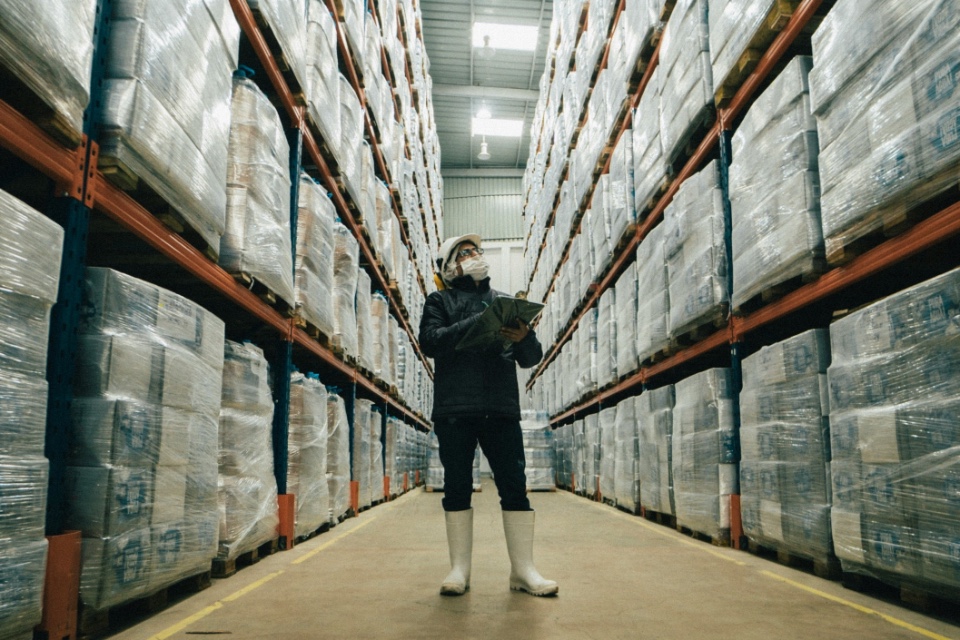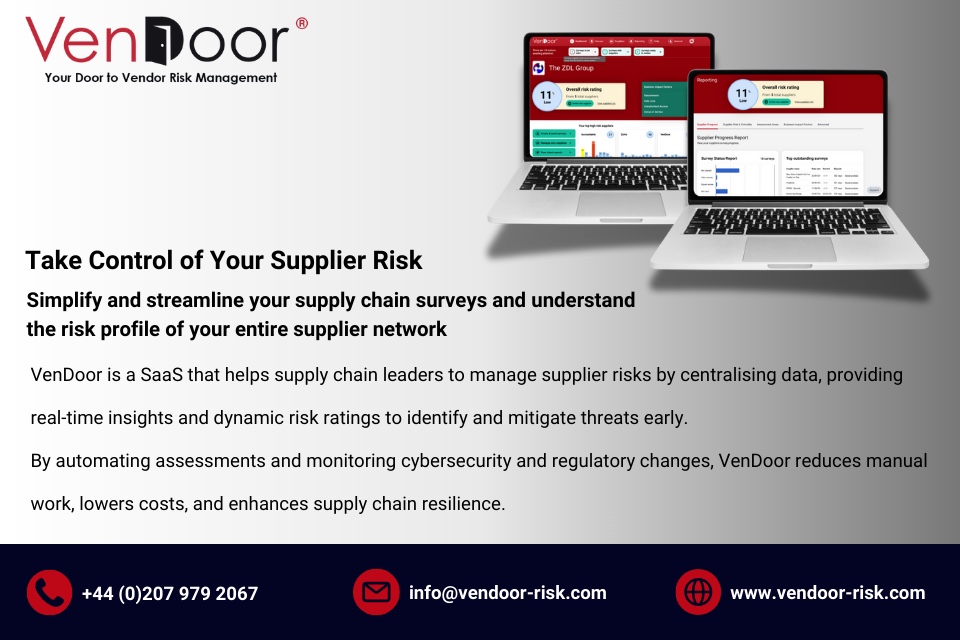Most companies will remain locked into an outdated model that will prevent them from achieving end-to-end (E2E) resiliency in their supply chains by 2026.
Analysis by Gartner indicates that few companies have accepted the necessary paradigm shift from being forecast-driven, and primarily focused on accuracy, to instead focusing on managing uncertainty in their supply chains.
Until this occurs and technology providers align solutions specifically for achieving resiliency, rather than simply increasing decision speed or digitizing the supply chain, true E2E resiliency across most organizations’ supply chains will remain elusive.
“Companies are scrambling to add resiliency to their supply chain programs today, but ironically they are taking actions that may lead to more fragile and rigid supply chains based on outdated ‘steadier state’ models,” said Tim Payne, vice president analyst with Gartner’s Supply Chain practice. “A current focus on ever improving accuracy results in supply chains unable to cope with today’s uncertainties and simply reinforces their vulnerabilities.”
Payne said that current marketplace confusion surrounds the concept of resiliency and results in a technology buying environment consisting of solutions that are often “remarketed” to address resiliency, but they will not help companies achieve the needed flexibility and adaptability that marks true E2E resiliency.
To start down the path of achieving E2E resiliency and avoid falling prey to ineffective “resiliency-washing” solutions, organizations need to first reinvent their strategies. Gartner recommends organisations:
- Drop forecasting-based models and enable the company’s supply chain to take full advantage of its uncertainty mitigation tactics by not constantly propagating its demand signal through the supply chain. Change the planning focus onto uncertainty rather than exclusively on the plans’ accuracy.
- Drive from unknown uncertainty toward known variability by utilizing AI and ML for different, multiple predictions.
- Begin to build a digital supply chain twin (DSCT) by identifying key model parameters that would help to improve the resiliency of decisions.
- Assess supply chain decisions using uncertainty metrics rather than accuracy metrics, by deploying KPIs that describe the supply chain’s capability to tolerate uncertainty and the “probability of execution” of relevant supply chain decisions.







